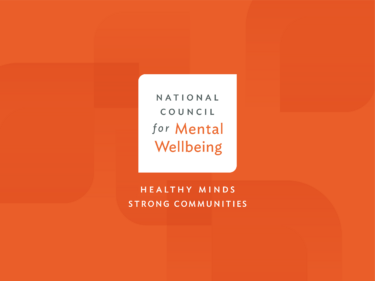Congress’ investment of $1 billion for opioid addiction services is now available for states to access through a grant application with the Substance Abuse and Mental Health Services Administration (SAMSHA). This funding was allocated in the recent omnibus budget agreement and is in addition to the $500 million provided in the Opioid State Targeted Response (Opioid STR) grants for FY 2018. State agencies will have until August 13th to submit an application to SAMHSA detailing how they will use the funds to support current state efforts to combat opioid abuse. While providers cannot apply for the funds directly, they should engage with their state officials to discuss addiction services that could be strengthened in their community.
DISTRIBUTION OF FUNDING
In each state, the Single State Agency (SSA) responsible for substance use services is eligible to apply for a designated portion of the total $1 billion appropriation. The grants, entitled the State Opioid Response or SOR, will be awarded to the agencies who then can contract with community treatment providers and other organizations to carry out grant activities. The grant is intended to support states’ ongoing efforts to provide addiction services to individuals with opioid use disorder (OUD).
Importantly, states will not need to compete for these funds. The funds will be distributed to the states based upon a formula that considers the unmet need for opioid use disorder treatment and drug poisoning deaths in each state. Fifteen percent of the total funds are set aside to provide extra support to the ten states that have been hardest hit by the crisis. Find out what award amount your state or territory is eligible for in Appendix K (pg. 80) of the Funding Opportunity Announcement here. (Note there is an additional $50 million opioid response fund for tribal communities available under a separate funding announcement here.)
States have until August 13th to submit their application with an anticipated project start date of September 30th, 2018. Opioid SOR grant funds must be primarily used to support evidence-based prevention, treatment and recovery support services. This includes the following required activities:
REQUIRED ACTIVITIES
- Assess the needs of tribes in the state and include strategies to address these needs in the SOR program.
- Implement service delivery models that enable the full spectrum of treatment and recovery support services that facilitate positive treatment outcomes and long-term recovery.
- Implement community recovery support services such as peer supports, recovery coaches and recovery housing. Grantees must ensure that recovery housing supported under this grant is in an appropriate and legitimate facility.
- This guidance represents a potential opportunity for states to fund recovery housing and the adoption of recovery housing quality standards. The National Council for Mental Wellbeing and the National Alliance for Recovery Residences recently released Building Recovery, a toolkit that outlines concrete steps states can take to identify legitimate, quality recovery residences through a certification process. Read more.
- Implement prevention and education services including training of health care professionals on the assessment and treatment of OUD, training of peers and first responders on recognition of opioid overdose and appropriate use of the opioid overdose antidote naloxone, and develop evidence-based community prevention efforts.
- Ensure that all applicable practitioners (physicians, nurses, physician assistants) associated with the SOR program obtain a DATA-2000 waiver. This waiver permits certain health care professionals to prescribe buprenorphine, a drug commonly used in medication-assisted treatment (Medication-Assisted Treatment (MAT) for Opioid Use Disorder in Jails and Prisons: A Planning and Implementation Toolkit MAT).
- Provide assistance to patients with treatment costs and develop other strategies to eliminate or reduce treatment costs for uninsured or underinsured patients.
- Provide treatment transition and coverage for patients reentering communities from criminal justice settings or other rehabilitative settings.
- Make use of the SAMHSA-funded Opioid Technical Assistance and Training grantee resources to assist in providing training and technical assistance on evidence-based practices to healthcare providers in the state who will render services to treat OUD in individuals seeking treatment and recovery services.
Notably, the funds are to be used to supplement, not supplant, current state efforts to combat opioid abuse. Additional allowable activities cover a wide variety including: addressing barriers to MAT such as costs, retainment and discrimination, supporting telehealth strategies for rural/underserved areas and developing and implementing tobacco cessation programs. For a complete description of required and allowable uses see Section 2 (pgs. 7-9) of the funding announcement.
ENGAGE WITH YOUR STATE AGENCY
SAMHSA’s announcement signals an important advocacy opportunity for providers to influence how the new federal opioid funds are spent. As states develop their grant applications between now and August 13th, providers should engage with their state’s Single State Agency about what prevention, treatment and recovery support services should be bolstered in their community.

